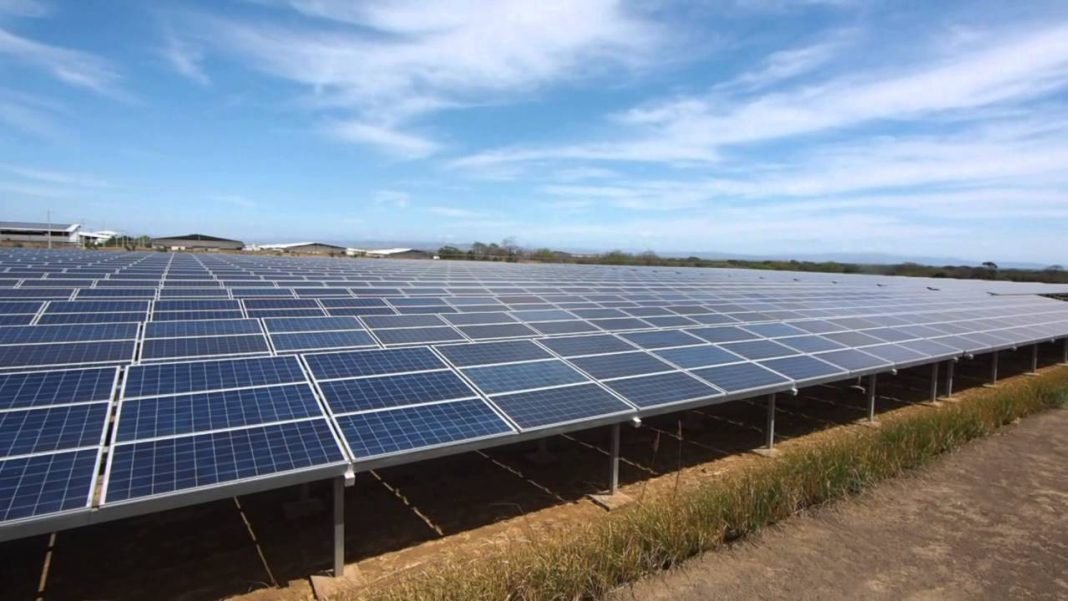Nicaragua claims to be less dependent on thermal energy, which is produced based on petroleum derivatives, and therefore executes solar development projects on the Caribbean coast and in country rural areas.
One of the first initiatives back in 2009 was the Euro Solar program, which benefited 42 communities (7,000 families) in the North Atlantic Autonomous Region (RAAN), generating electricity for health services, education and Internet and telephony communication in community centers.
Then Nicaragua depended 80% of energy generated from petroleum derivatives.
Due to its location, Nicaragua is a country with high potential for solar energy use and at same time has one of the lowest electrification rates in the region.
In 2015, with the objective of bringing electricity to North Atlantic Autonomous Region communities and interior municipalities, the Mulukukú Electric Substation was built, which included 200 kms of transmission lines construction between Siuna and Puerto Cabezas (RAAN), where 1,500 solar modules and several electrical substations were installed.
Nicaragua’s largest photovoltaic park, Astro Solar Plant, was installed, which with 3 MW in the Tipitapa municipality supplies electricity to the Zona Franca Astro industrial park.

Energy generation from renewable sources development had important fiscal benefits thanks to Law 901:
Payment exemption of Import Tariffs (DAI) and Value Added Tax (VAT), on machinery, equipment, materials and supplies used for pre-investment and construction work, including the construction of subtransmission lines necessary to energy transport from generation plant to National Interconnected System (SIN).
Payment exemption of Income Tax (IR) for a period of 7 years from project entry into commercial operation.
Payment exemption of Municipal Taxes on real estate, sales and registration for a period of 10 years from project entry into commercial operation.
Renewable energy in Nicaragua continues to advance smoothly. In 2006, renewable energy represented only 25% of national energy matrix, mainly hydroelectric and geothermal. Until December 2018, renewable energies accounted for 59% of national energy matrix, although in some moments of last year it reached up to 80% of total generation.
Regarding renewable generation contribution by sector, it is estimated that biomass with sugar cane residues contributed 216 MW; hydroelectric energy 150 MW; geothermal 154 MW; wind energy 186 MW; and solar 13 MW. Geothermal energy has been considered the energy of the future of Nicaragua because compared to wind and hydroelectric, it is more firm and constant in its level of generation and has great potential.
Despite these advances, Nicaragua continues to be the country with the most expensive Central American energy in industrial sector. Only those who consume less than 150 kWh per month pay for cheap energy, which mainly benefits the residential consumer.
The origin of these high prices is in the need and urgency of government income, which are obtained in national energy tariff and used to pay internal and external debts.
The main obstacles to distributed solar generation development in Nicaragua are the high initial investment represented by a system for most Nicaraguans and the lack of a law that promotes and regulates electricity sale from small photovoltaic systems connected to the grid.
It is necessary to amend Law 532 or adopt a new law that establishes a reasonable sales rate, incentives for producers, network operators and consumers, as well as simplifying bidding processes in the contracting of energy for small residential systems and the industrial and services sectors.
Number of renewable energy professionals increases every year. New generations are more aware of environment damage that has been done and of solar energy potential. This new Nicaraguan generation must work to reduce energy prices and take advantage of solar energy to provide Nicaragua with a more sustainable and just future.
All you need is Sun. All you need is Sopelia.
